Sightseeing Spots
Search Results305
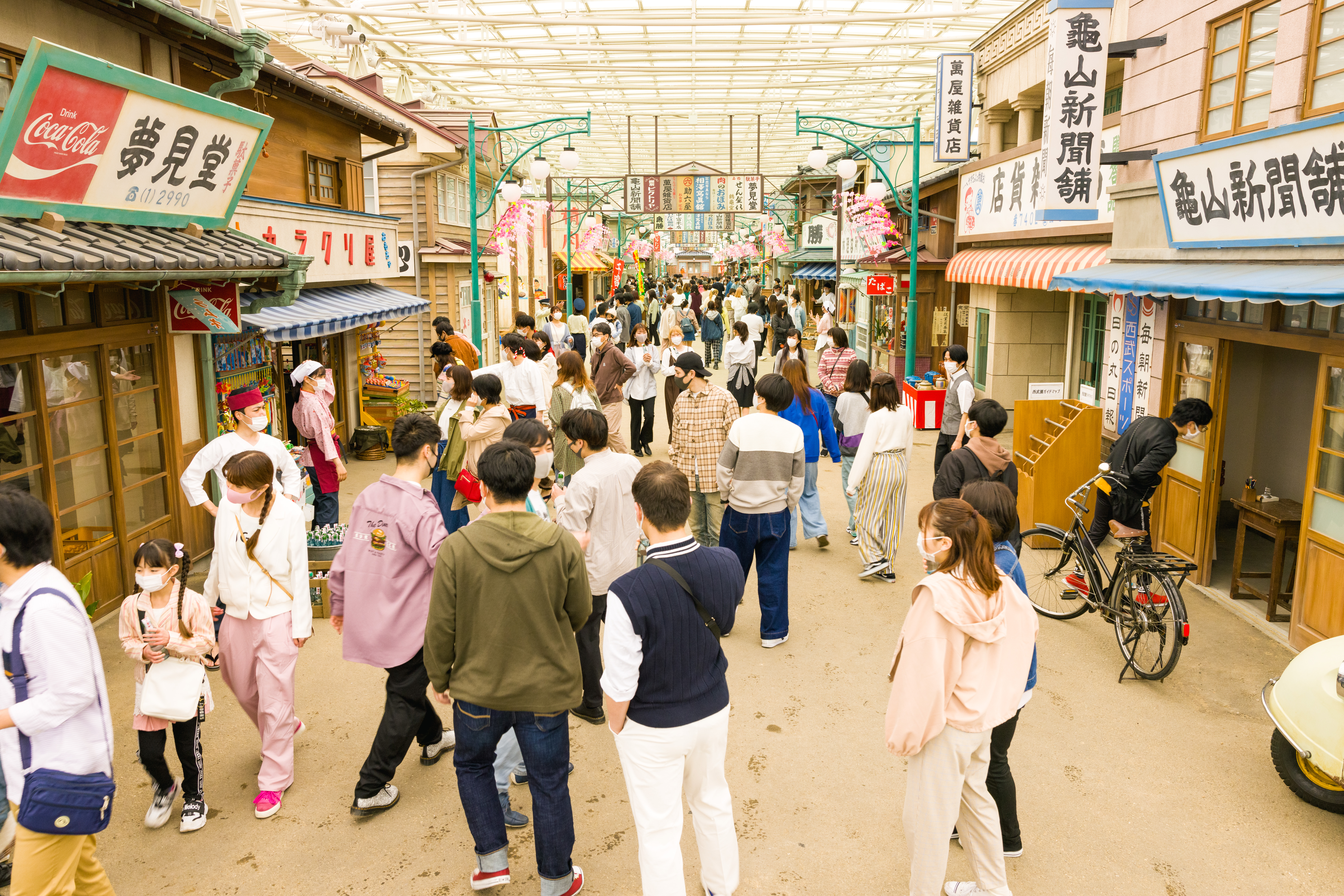
Newly reopened in 2021 with the concept: "A heart-warming world nestled in happiness." Find yourself in a world of wonder with high-quality replicas of retro townscapes, interactions with townspeople and spontaneous live performances, and delicious nostalgic foods. There are also new and exciting immersive light-up attractions for you to enjoy!
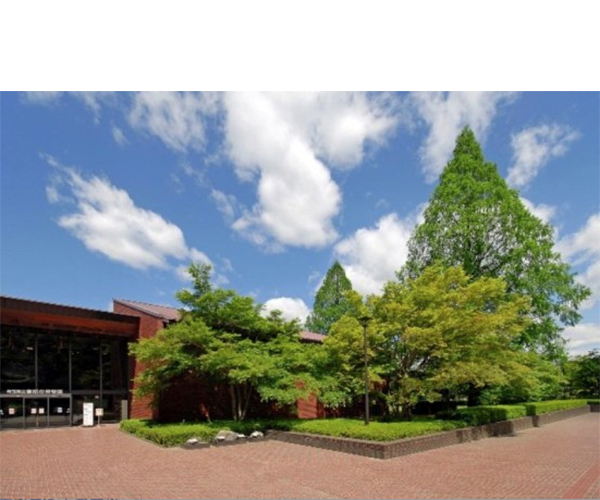
Presenting the theme, "From the past to the future: traveling 300 million years through Saitama's history of people's coexistence with nature," Saitama Museum of Natural History stores various resources related to nature, and displays the fossils of giant shark, “Megalodon," and mysterious sea animal, “Paleoparadoxia," discovered in Saitama Prefecture. The museum is constructed into two halls: the "Geology Exhibition," where visitors can learn about various fossils, rocks and minerals, geological strata and earth formations, and the "Biology Exhibition," featuring large dioramas of the four major forests of Saitama and the animals that live in them. Nagatoro area is a perfect example of the nature in Saitama, and here you can enjoy detailed explanations of its characteristics for a deeper understanding. You can also enjoy simulations and free audio guides. (For more information regarding the facility, please refer to the URL below.)

The Kinchakuda Park was formed by the zigzagging flow of the Koma River that runs through Hidaka City, and is called Kinchakuda because its shape resembles a kinchaku (traditional drawstring money pouch). The park is a 500 meter diameter flatland surrounded by a river with a surface area of about 22 hectares. Flowers such as rape blossoms and cosmos bloom every season, but the highlight is the 5 million red spider lilies that dye the park crimson every autumn, like a giant, beautiful red carpet.

Centered around a permanent exhibition about Asaka's local heritage under the 4 categories: archaeology, history, folklore and arts and crafts; there are also special and themed exhibitions, and a variety of lectures and workshops which are held in this “space for learning and relaxation.”
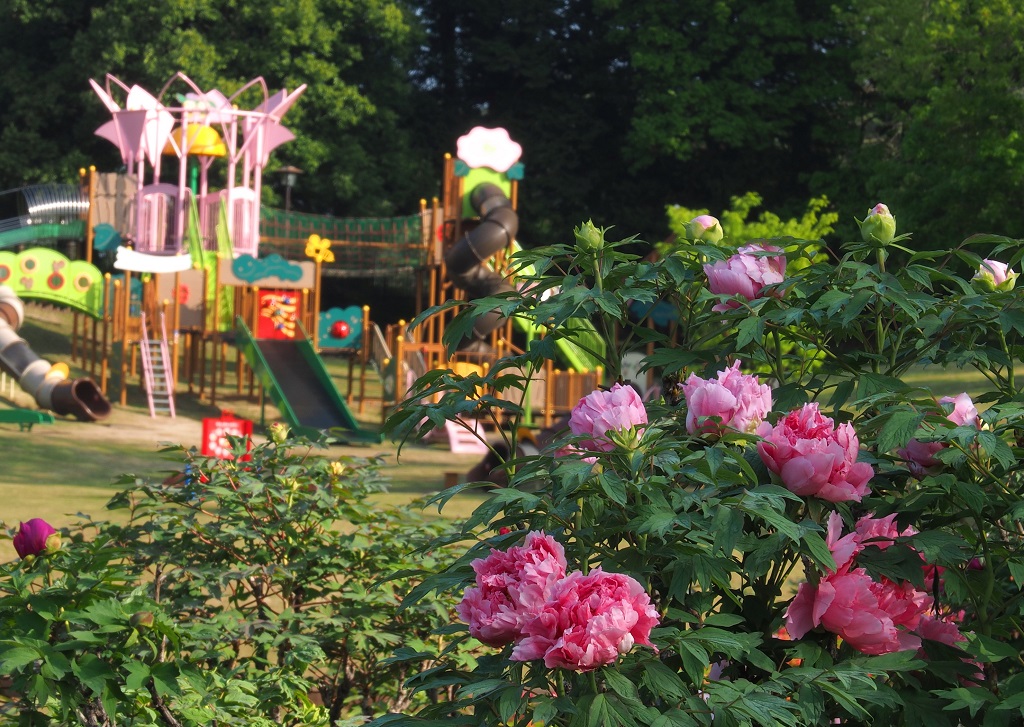
Opened in 1990 as part of efforts to promote the official city flower, the peony (botan). A prominent peony park in the Kanto region, roughly 30,000 square meters of colorful peonies bloom from mid-April to early May, culminating in the Peony Festival (botan matsuri) during peak bloom. Throughout the year, visitors can also view hydrangea, Japanese maple and wintersweet, and enjoy facilities such as a large playground complex, an open lawn, and an observatory.
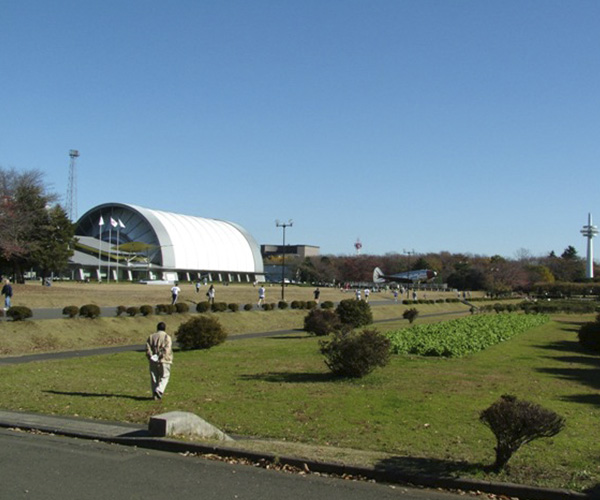
This large park was built on the site of Japan's first airfield, Tokorozawa Airfield, and has an area of about 50 hectares. Overflowing with nature, the park is never without visitors. There are real airplanes, as well as sports facilities, an athletic field with artificial grass, a tennis court and a baseball field. There is also an outdoor stage, tearoom and a Japanese garden, making the park a center for sports and culture exchange in western Saitama. (For more information regarding the facility, please refer to the URL below.)
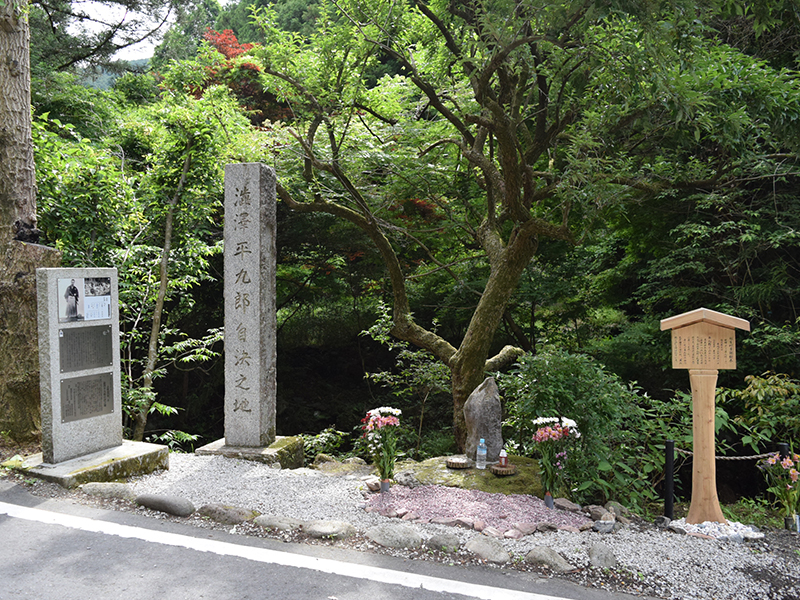
On May 23, 1868 (Keio 4), Heikuro Shibusawa, a member of the old shogunate army who was defeated in a battle with new government forces at Hanno, fled alone towards Kuroyama Village via the Kaoburi Pass. He encountered a patrolling scouting party and fought them alone, but was badly wounded and committed suicide (harakiri) while sitting on a rock on the river bank. Heikuro was a cousin, brother-in-law, and adopted son of Shibusawa Eiichi, the man known as the "father of Japanese capitalism," whose face appears on the 10,000 yen bill.
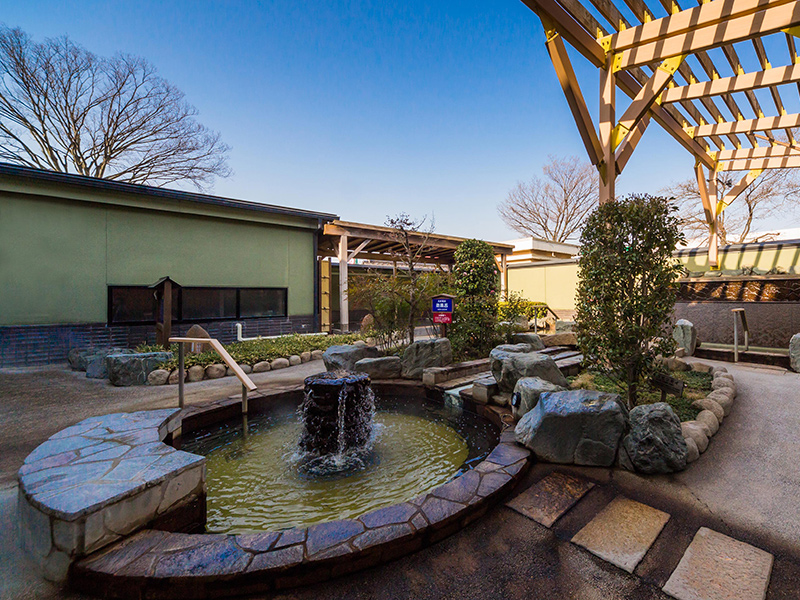
At our hot spring you can enjoy low mineral content water typical of the top hot springs in Japan in a traditional Japanese-style outdoor bath. You can also use the ganban`yoku hot stone bath, reclining chairs, massage machines and the popular free relaxation area. There is even a high-concentration carbonated spring, which garners attention from the medical industry, making our facility the ideal place for a full day of relaxation.
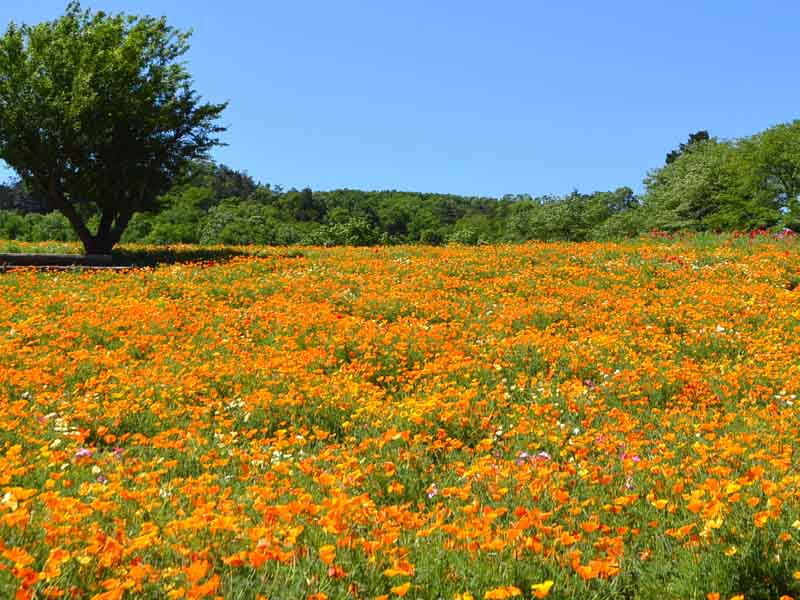
This garden is located on a vast field of about 10,000 square meters behind the Nagatoro Town Folk Museum. The Japanese name "Hanabishisou" comes from the shape of the California golden poppy, which is said to resemble a rhombus ("hishi" in Japanese, read "bishi" in the name). In early summer, California golden poppies bloom all over the entire hill, and from May to June, the contrast between the deep blue sky and the vivid orange flowers is mesmerizing.
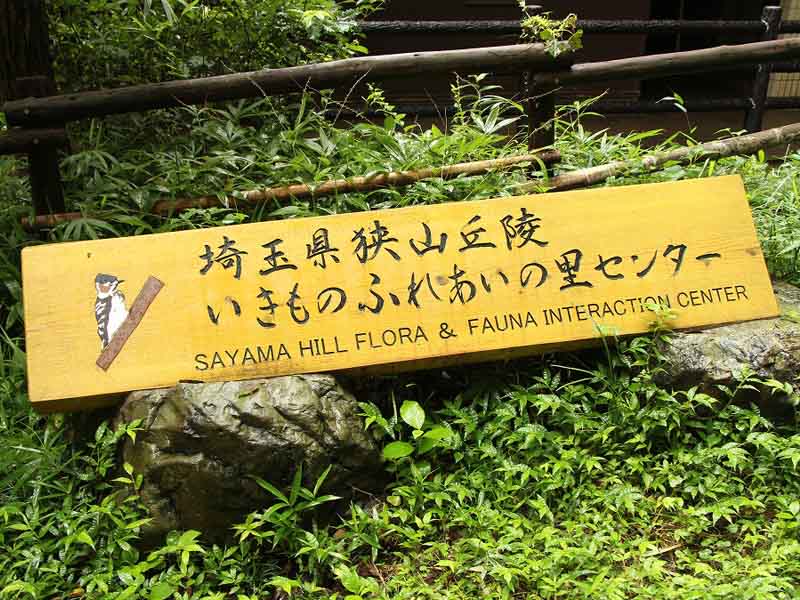
This facility utilizes the nature of Sayama Hills as an opportunity for us to interact with and think about our relationship to nature. There is an exhibition room, observation balcony, seminar hall, outdoor grilling space, and much more. There are also five themed spots on a hill adjacent to the center: Waterbird Paradise, Bug Forest, Wetlands Village, Tree Forest, and Butterfly Forest.

This is the largest poppy flower field in Japan, spanning about 12.5 hectares. At the Poppy Festival in mid-May, you can enjoy refreshments, regional vegetables, and of course, flower picking! The view of Mt. Fuji from under the Onari bridge by the Arakawa river, where the field can be found, is known as one of the best views of Mt. Fuji. A truly spectacular and scenic view of red, pink, and orange poppies blooming all around you.
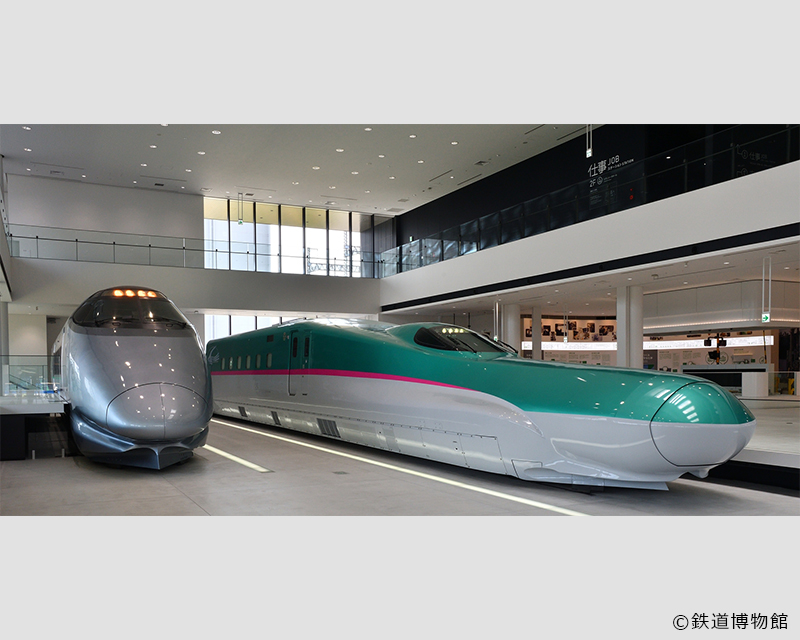
The railway museum opened on October 14th, 2007 in Ōmiya, Saitama as part of Japan Railways (JR) Group’s 20th-anniversary commemorative project. The South Building was newly opened in July of 2018, with the permanent exhibition of the main building renewed extensively. Through this renewal, the inside of the building has been divided into stations of 5 categories: rolling stock, history, job, science, and future, updating the museum to tell the rich story of the relationship between humans and railways from a unique and diverse perspective.
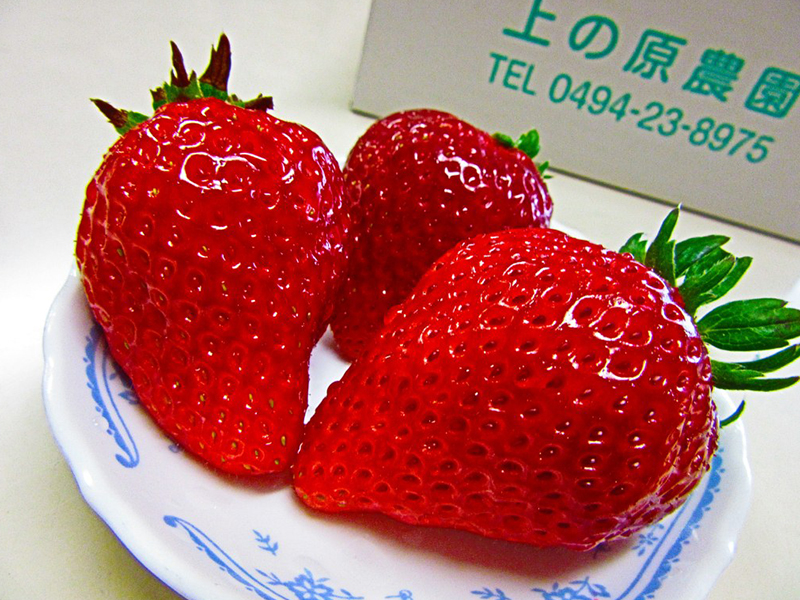
Enjoy the all-you-can-eat package at the farm, or pick and take the strawberries home instead! It's possible the all-you-can-eat will be finished depending on the season's harvest. All-you-can-eat varieties: Beni-poppe, Tochiotome, Yayoihime, Souvenir varieties: Amarin, Beni-poppe, Tochiotome, Yayoihime

Koedo Kurari is an improved facility retaining the atmosphere of the original Kyūkagamiyama brewery, established in 1875. The brewery, built through the Meiji, Taisho, and Shōwa periods, was remodeled and designated as one of Japan's registered tangible cultural properties along with the three warehouses: souvenir shop (Meijigura), Restaurant (Taishōgura), Japanese sake shop (Shōwagura), and meeting space (Tenjigura).
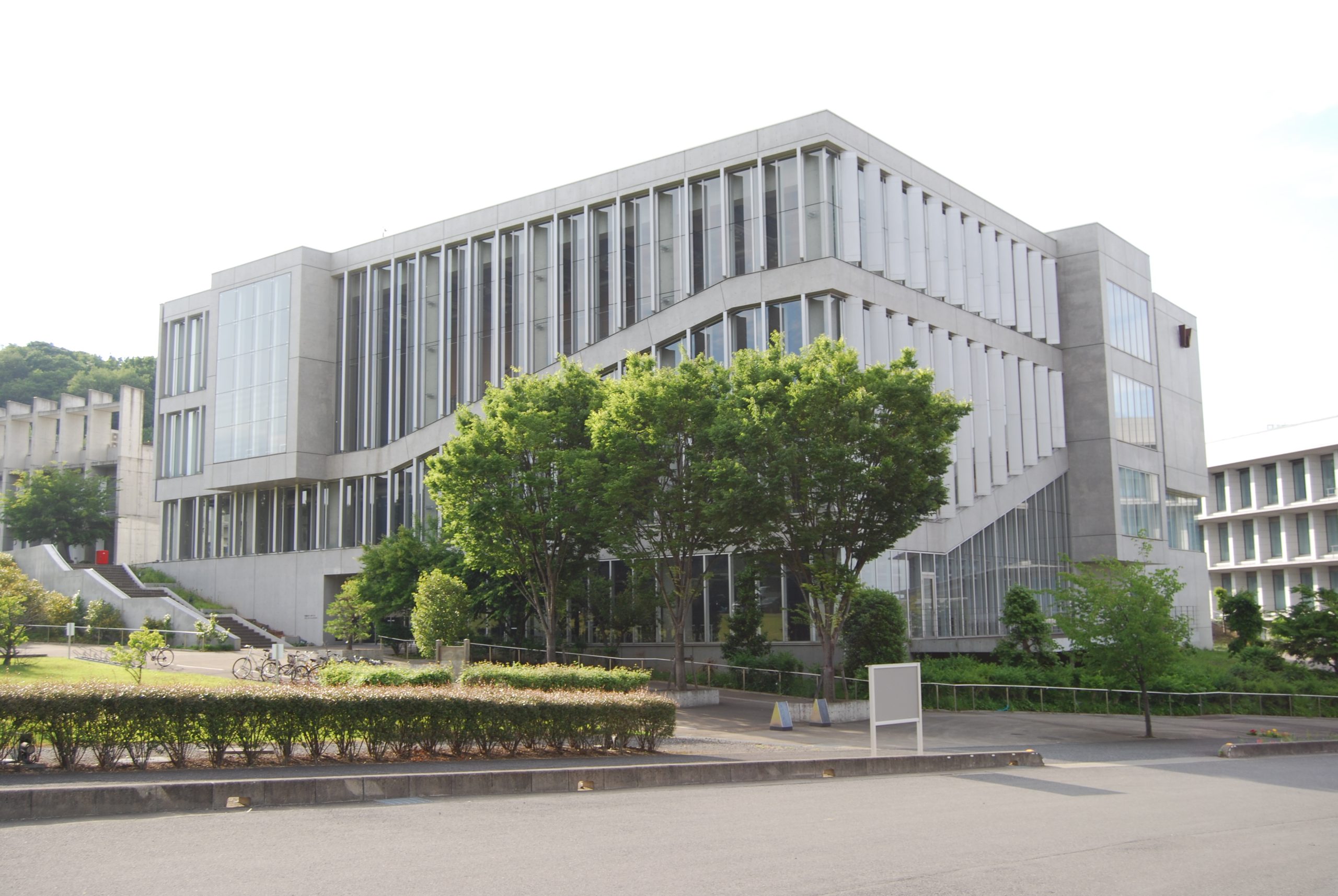
This museum was jointly established by Honjo City and Waseda University. The museum holds archaeological materials from the Paleolithic period through which visitors can trace the history of Honjo City. In addition to artifacts rarely found in Japan, such as the laughing human haniwa (terra-cotta tomb figurine) holding a shield and a completed cast of a small glass ball, visitors can see a variety of valuable materials owned by Waseda University.
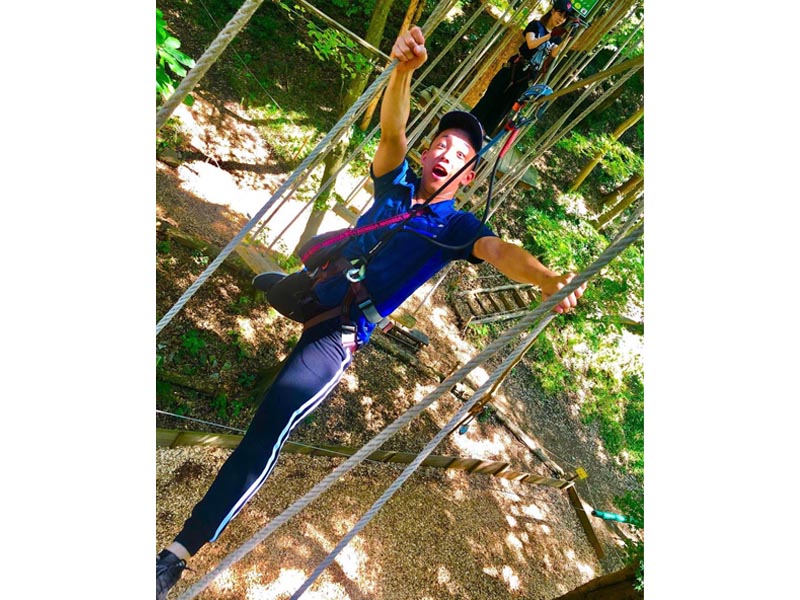
Located in Chichibu Muse park's "Forest of Sports," this is a facility that anyone can enjoy regardless of age! In a mix of planted and native forests, seven zip lines have been installed high above the valley, making it one of the largest parks in Japan. The park is for adults and children aged 10 years and older. The courses are set at high altitudes making this forest adventure particularly popular among adults!
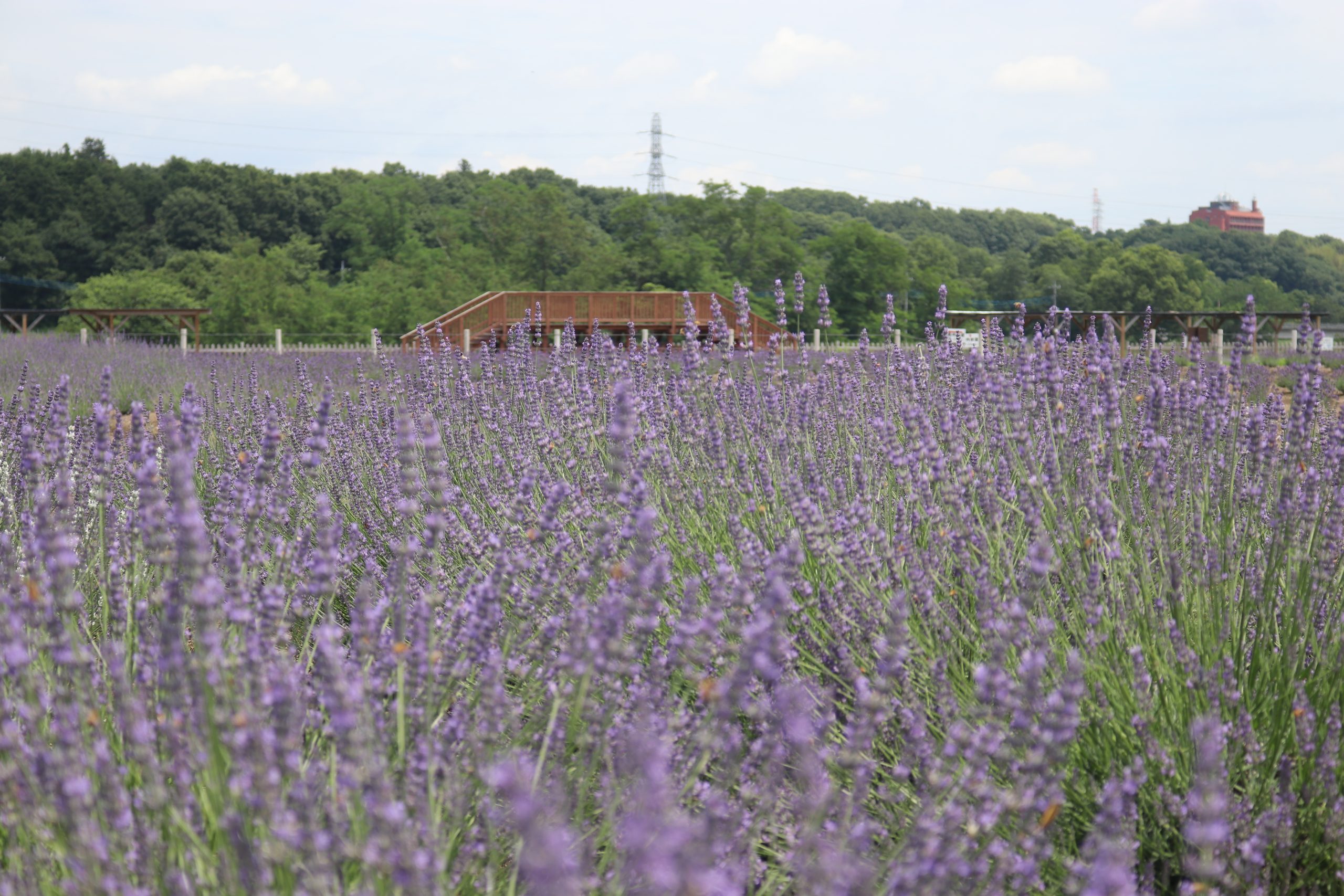
The Sennen no Sono Lavender Field spans approximately 6.5 hectares and boasts around 22,000 lavender plants including over 10 different lavender varieties, such as Grosso (French), Hidcote (English), and Avonview (Spanish). In late May, visitors can enjoy the enchanting sight of red, pink, and white poppies blooming alongside early-blooming lavender. By mid-June, a portion of the field transforms into a golden sea of wheat known as "Nourin 61," and towards the end of June, visitors can witness the spectacle of wheat harvesting. The annual Ranzan Lavender Festival takes place from early to late June, offering a wonderful opportunity to experience the beauty of the lavender field. *Please note that access to the fields is restricted after the festival as they undergo harvesting.
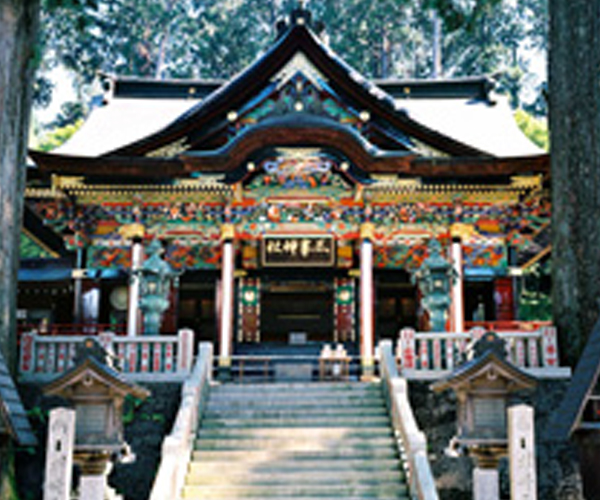
The history of the temple is said to date back about 2,000 years ago, to the reign of Emperor Keiko. During the Kamakura period (1185-1333), when faith in Mt. Mitumine spread, Hatakeyama Shigetada, Nitta Yoshioki, and others worshipped here. During the Tokugawa period (1603-1867), the Kishu shogunate and the Kishu family were revered, and gifts from the Kishu family in particular are still treasured by this shrine. When autumn arrives, the “Fifteen Nights and Moon Reading Festival” is held to herald the arrival of autumn in the mountains of Chichibu.
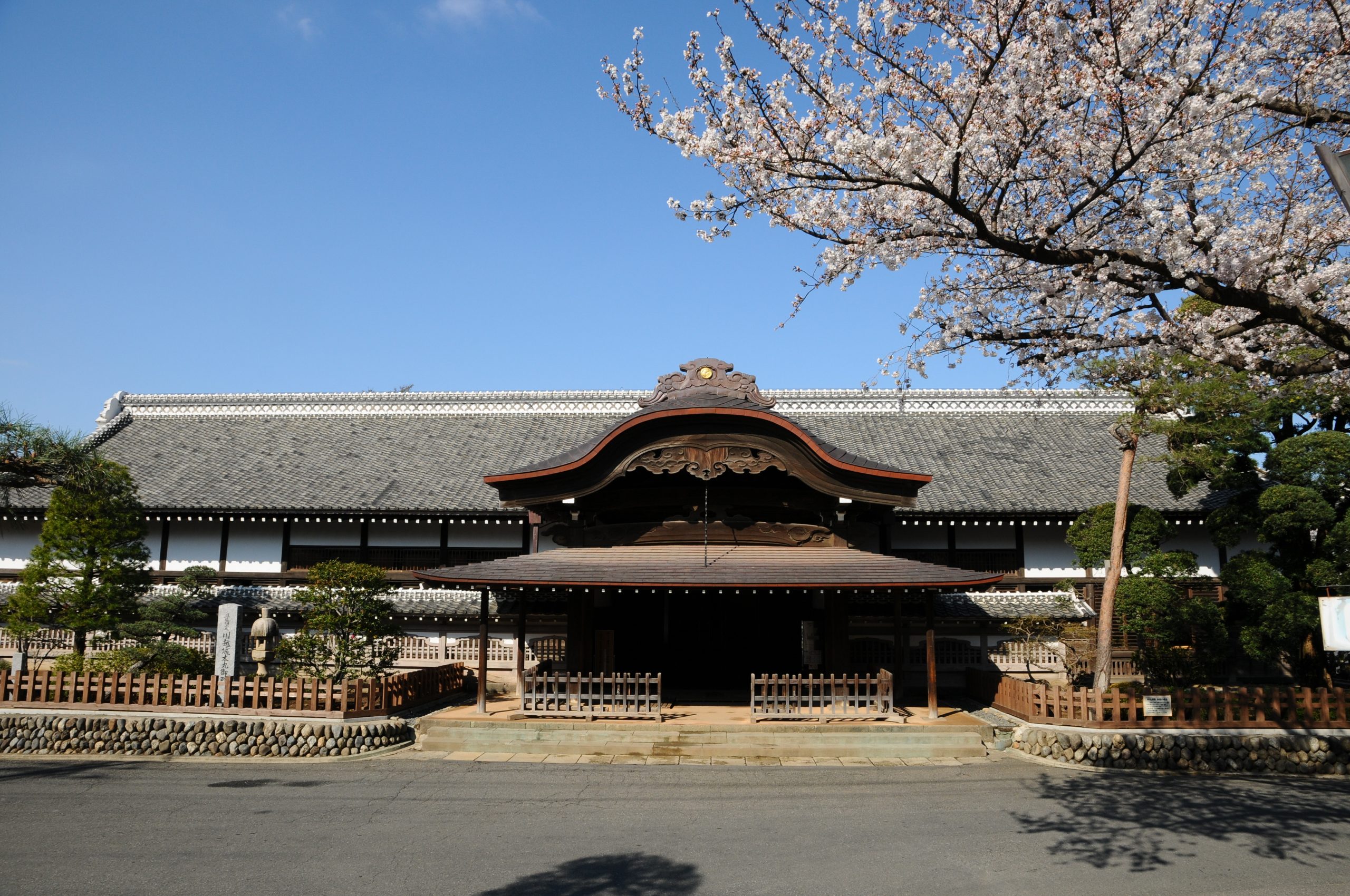
The Kawagoe Castle was built in the first year of Chōroku Era (1457) under the command of the vassals, Ōta Dōshin and Dōkan (father and son), for Ōgigayatsu Uesugi Mochitomo to compete against Koga Ashikaga Shigeuji. In the Edo period, it was of utmost importance to protect the north side of Edo, which is why the top vassal traditionally become the lord of the castle. The current building was constructed in the first year of Kaei era (1848). It is open to the public after a two and a half year restoration.
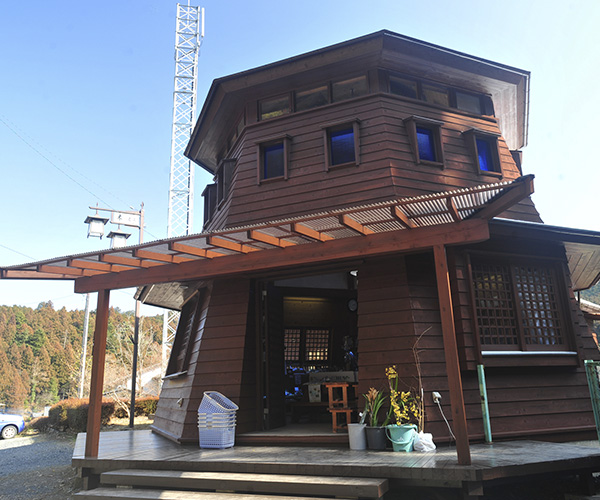
Passing along a road within the mountains, you will come to a direct sales farmers market built from Japanese cypress (hinoki). The shop specializes in mountain mushrooms and wild vegetables harvested in the Ohno region. The “Chirimen Norabō-na,” only available at this shop, is popular every year for its sweetness. The building is the oldest of the town's four direct sales shops, and is said to be the model for Myōkaku Station, which has the same octagonal shape.
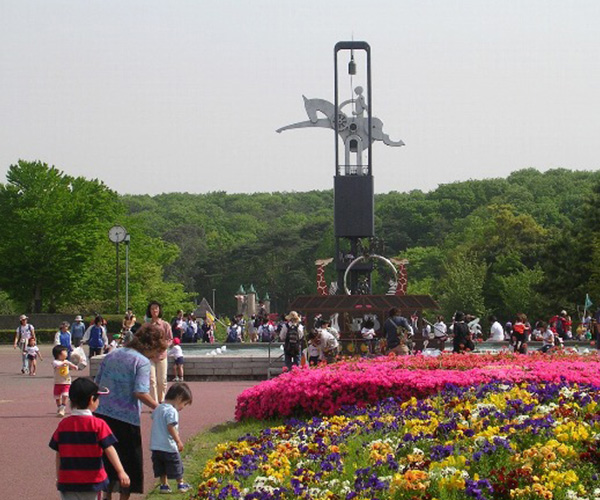
Sprawling out over the Hiki Hills, this 46-hectare site is home to popular animals such as giraffes, red pandas, and koalas, as well as an ecological park dedicated to Humboldt penguins, Penguin Hills. Also adjacent to the park are a walking trail and cross-country course. The zoo is the only place in Japan where visitors can see the small rodent, gundi, at the "Eco Houchoo" (Eco-friendly mouse house), the rabbit-like yellow-spotted rock hyrax, the world's smallest deer, pudu, and the quokka, which joined the zoo to commemorate its 40th anniversary. The Capybara Hot Springs, a winter tradition, is also very popular.
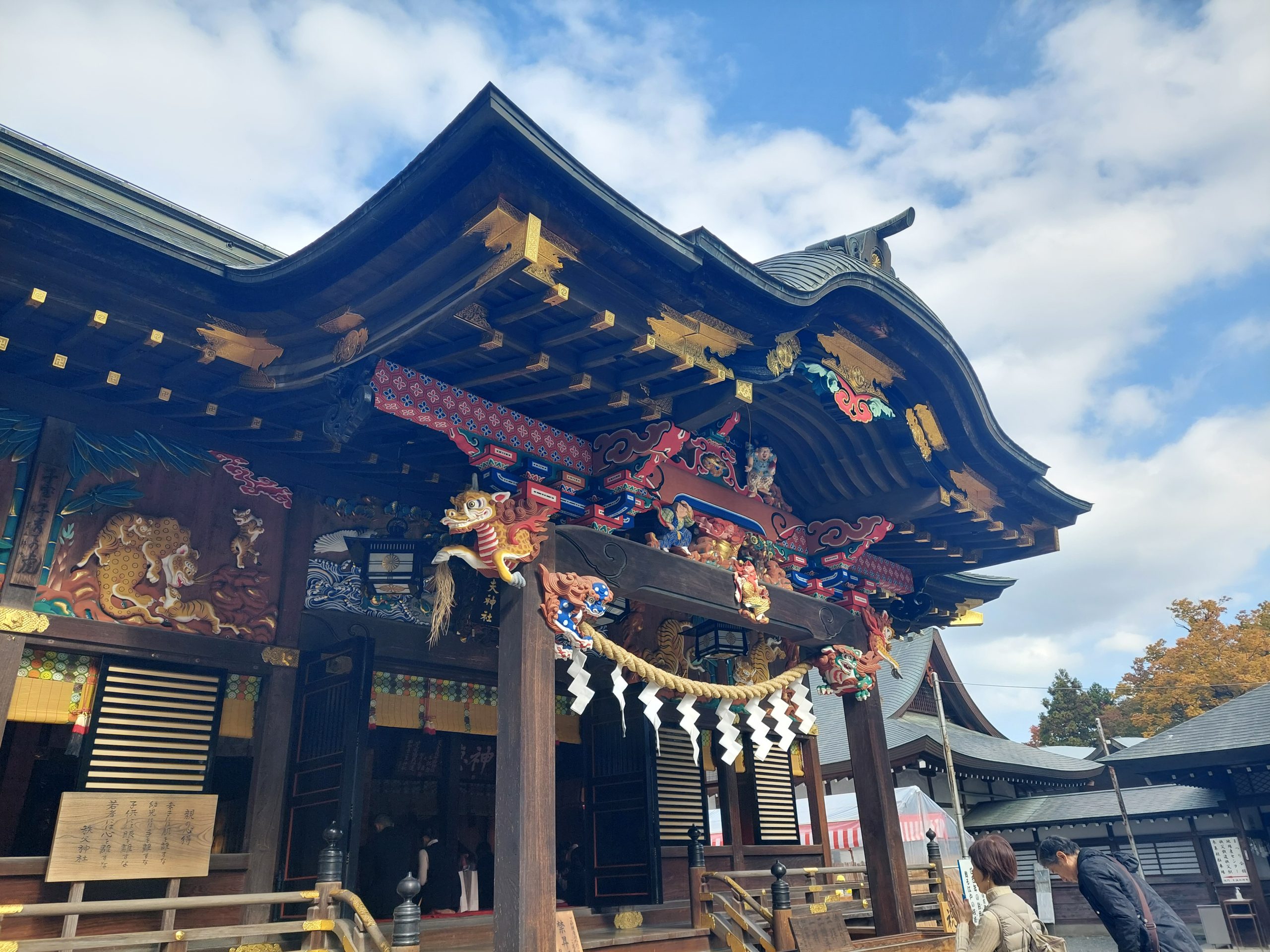
Marking 2100 years, Gochinza, a Sōja of Chichibu, has been revered since ancient times. In a forest of oak, there is an atmosphere with style and solemn beauty. The existing main building of the shrine is a contribution of Ieyasu Tokugawa in 1592 and was designated as Saitama Prefecture’s tangible cultural property due to the fact that it holds much of the Edo period’s early architectural style.
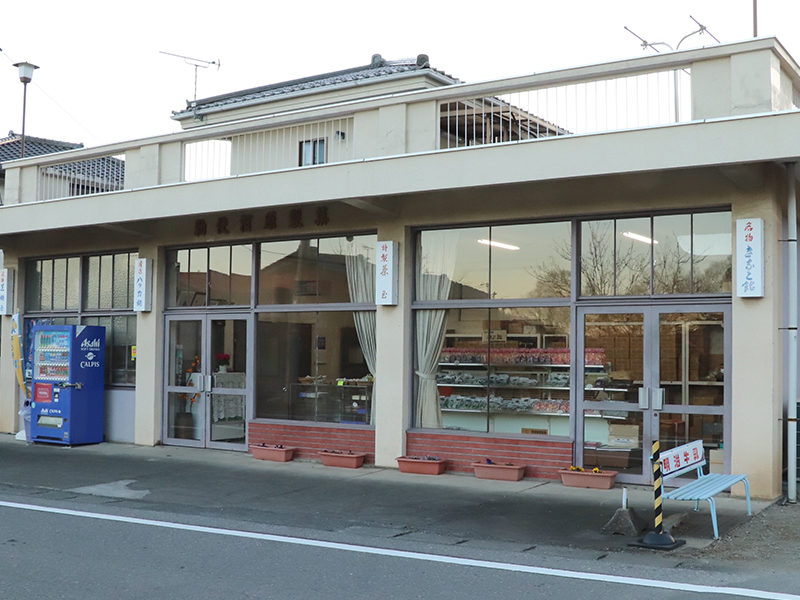
A long-established candy and confectionary manufacturer and distributor founded in 1864. “Chichibu Ame" (candy) is meticulously handcrafted the traditional way using carefully selected ingredients while retaining their original flavor and umami. Almost all of the products are additive-free, making it safe to eat for people of all ages.
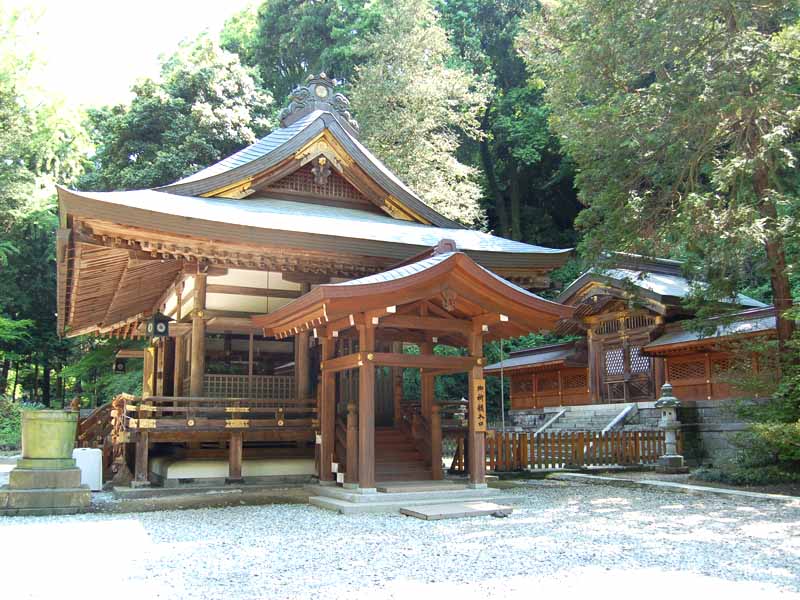
One of the most prestigious shrines in the prefecture, it has no main shrine due to being dedicated to the scared mountain Mt. Omuro, and is one of few shrines that still practice this more ancient form of Shinto belief, the only other two shrines of which are Suwa Grand Shrine in Nagano and Omiwa Shrine in Nara. The shrine is said to have originated when the god Yamato Takeru no Mikoto hid tools for fire starting in Mt. Omuro. The shrine also enshrines the goddess of the sun, Amaterasu Omikami, and the god of sea and storms, Susanoo no Mikoto.
This site uses cookies to improve the user experience. If you continue to browse, you consent to the use of cookies on this site. Accept
